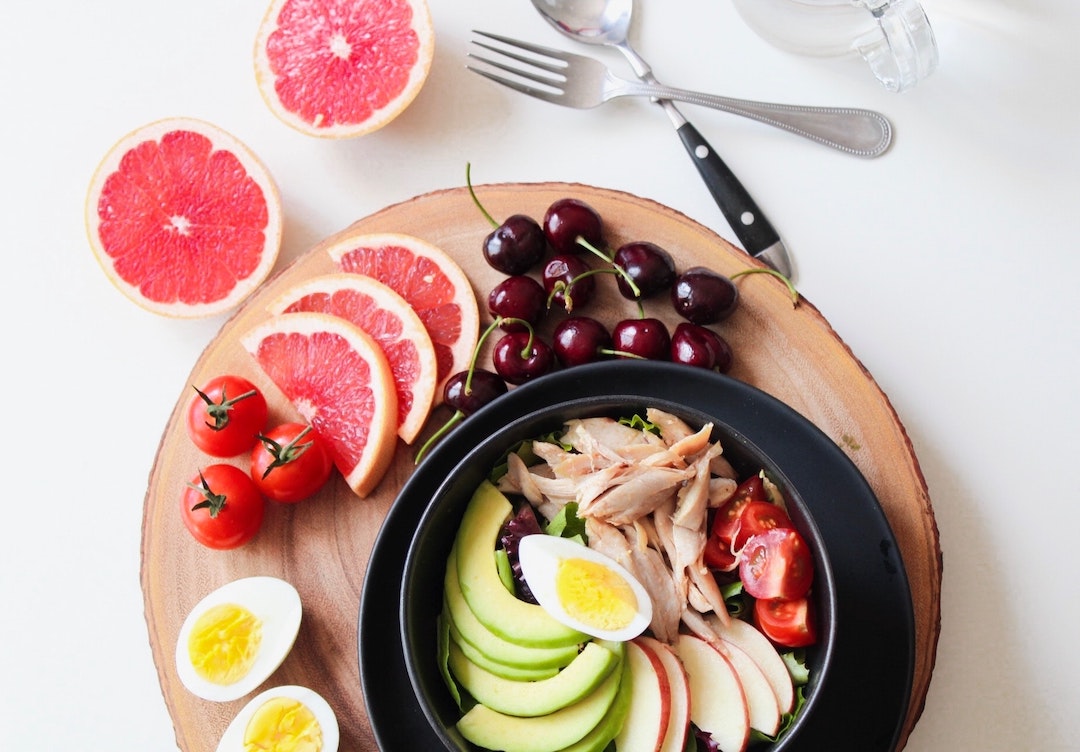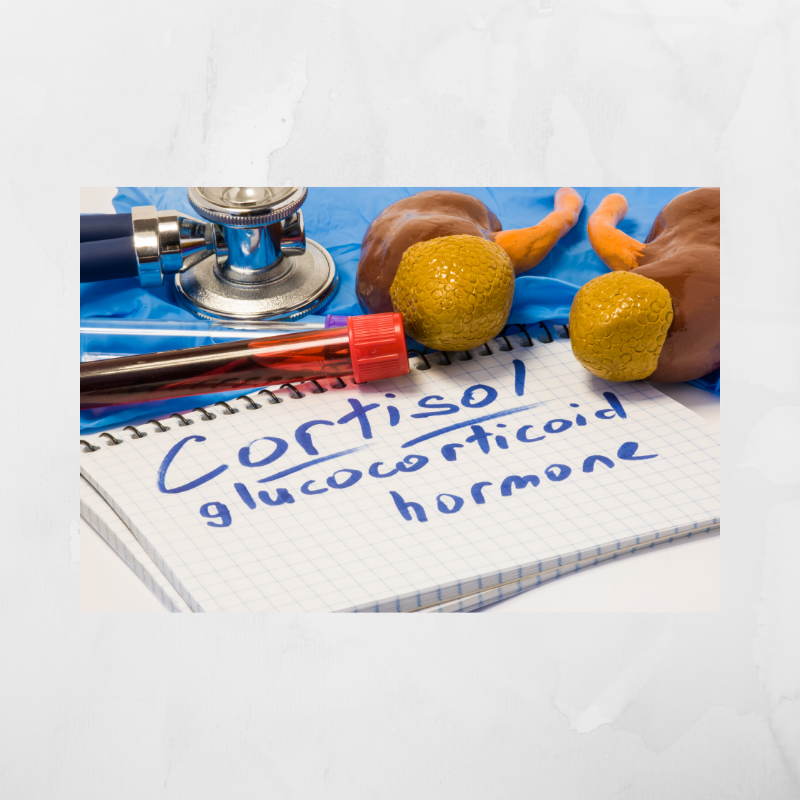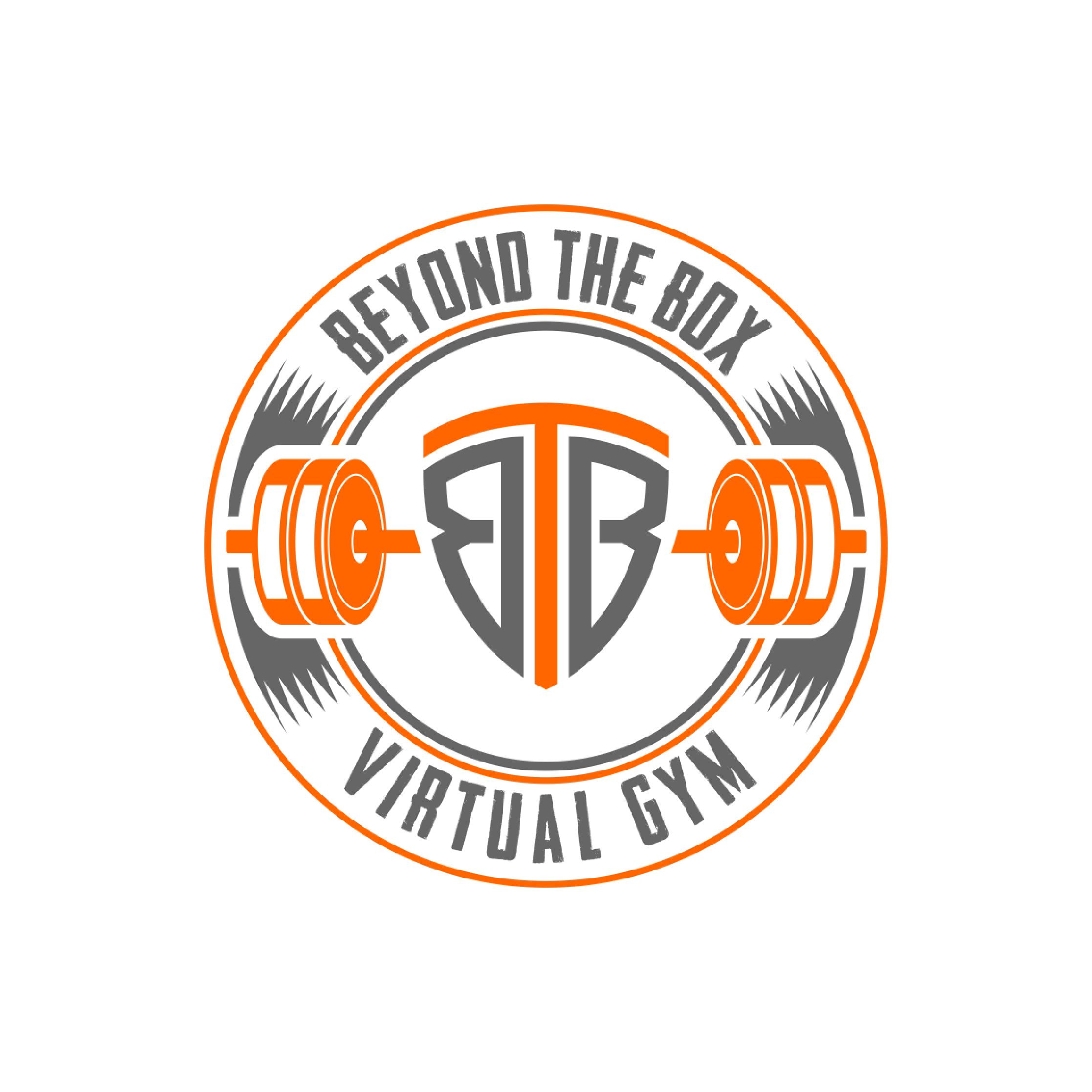When it comes to balanced nutrition, there are four major components of a meal to look for: protein, vegetables, quality carbohydrates and healthy fats.
Meals should contain the healthiest and most nutritious food available:
Lean proteins support strong muscles, healthy bones and optimal immune function. Protein also makes you feel satisfied between meals and promotes muscle maintenance and gain through exercise.
Vegetables are rich in antioxidants, vitamins, minerals and phytonutrients that have been shown to decrease the likelihood of developing a number of degenerative diseases including cancer, diabetes and neurological decline.
Carbohydrate dense foods provide the primary energy source for our brain and muscles to support workouts. They not only fuel your workout but help you recover properly by replenishing the glycogen stores that become depleted through muscle fatigue. Carbohydrates are also vital for proper hormone regulation.
Healthy fats are important for every cell in the human body as they compose cell walls, hormones, and much of our brain tissue. Scientific research shows that a diet rich in Omega-3 fats dramatically reduce the instances of obesity, cancer, diabetes, heart disease and cognitive decline.
While this list is not exhaustive, here are some examples of what falls into each of these categories:
An example of a well-balanced meal might look like:
Chicken breast with white rice and broccoli topped in grass-fed butter
Steak with zucchini and carrots cooked in olive oil and mashed potatoes
Eggs scrambled with spinach and onions cooked in coconut oil with a banana on the side
A shredded veggie and quinoa salad with olive oil dressing with salmon on top








